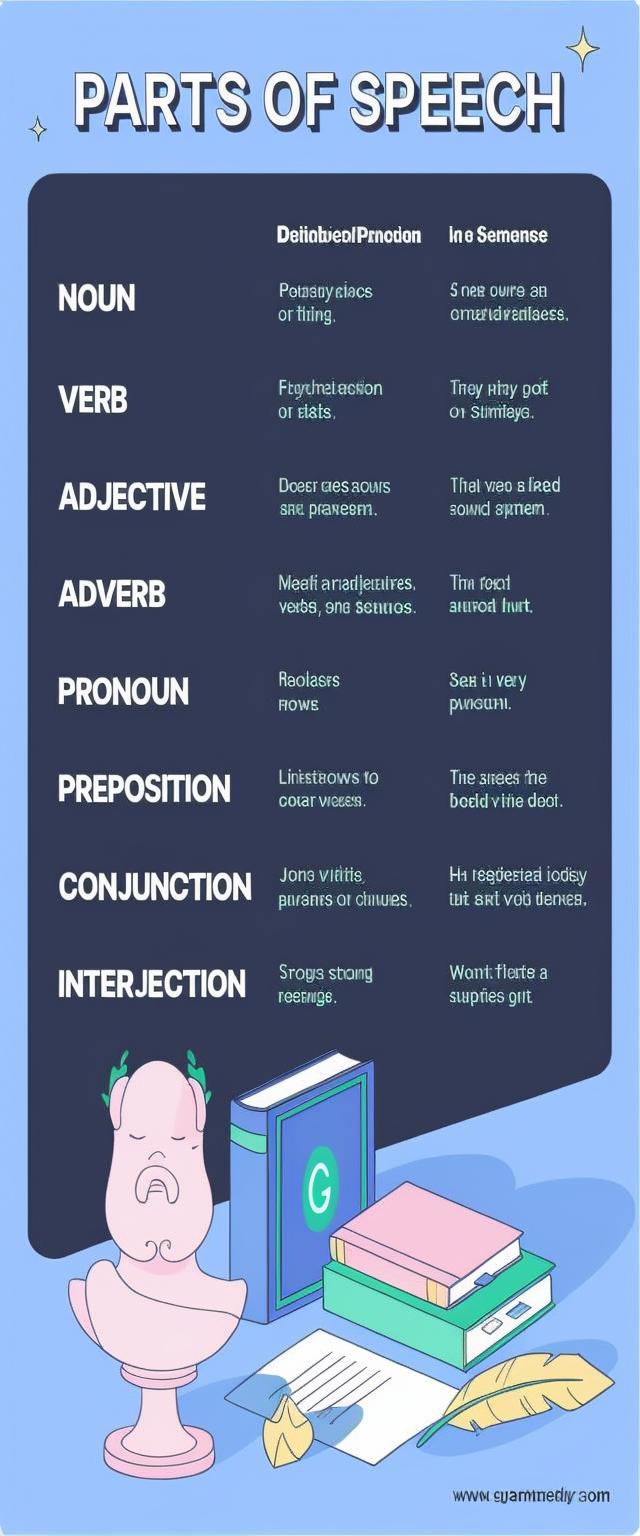In a world that’s increasingly interconnected, mastering the English language has never been more crucial. Whether you’re dreaming of exploring new career opportunities, seeking to connect with people from different cultures, or simply aiming to consume a broader range of information, learning English can open doors to countless possibilities. Welcome to “How to Learn English: A Quick & Easy Guide,” where we unravel the secrets to turning this journey into a streamlined and engaging experience. In this guide, you’ll find practical tips, immersive techniques, and resources that transform the daunting task of learning a new language into an achievable and, dare we say, enjoyable adventure. So, take a deep breath and let’s dive into the world of English with confidence and curiosity!
Table of Contents
- Mastering Pronunciation: Techniques and Tips for Clear Speaking
- Building a Robust Vocabulary: Effective Strategies and Resources
- Grammar Essentials: Simplifying the Rules for Better Understanding
- Everyday Practice: Turning Daily Activities into Learning Opportunities
- Key Takeaways

Mastering Pronunciation: Techniques and Tips for Clear Speaking
Achieving precise speech takes more than just understanding vocabulary and grammar. One essential practice is listening and imitating native speakers. Listen to podcasts, watch TV shows, and observe how words are enunciated. Get into the habit of mimicking these pronunciations. Recording yourself and playing it back is another effective technique. Critically compare your recording with that of a native speaker to identify areas for improvement. You might be surprised to find that you need to loosen your lips and let your voice flow more freely.
- Listen and repeat: Shadow native speakers and pay attention to their intonation.
- Use tongue twisters: These can help to improve fluidity and agility in speech.
- Break it down: Practice difficult words syllable by syllable.
Another crucial aspect is understanding and using the International Phonetic Alphabet (IPA). The IPA provides a visual guide to pronouncing English words correctly. Online dictionaries often include IPA notations, which you can use to perfect your pronunciation. Additionally, consider using apps specifically designed for pronunciation practice. These usually come with visual aids to demonstrate mouth movements, audio comparisons, and interactive exercises that provide instant feedback.
| Tool | Benefit | Availability |
|---|---|---|
| Podcasts | Immersive listening experience | Free |
| Tongue Twisters | Enhanced agility in speech | Free |
| Pronunciation Apps | Instant feedback and exercises | Free/Paid |

Building a Robust Vocabulary: Effective Strategies and Resources
When it comes to expanding your English vocabulary, combining various strategies can yield the best results. Some effective methods include:
- Reading Widely: Delve into novels, newspapers, and magazines. Each genre introduces unique words.
- Journaling: Writing daily about different topics helps reinforce new words and their meanings.
- Word Games: Engage in crosswords, Scrabble, or digital word puzzles. These fun activities stimulate word recall.
- Flashcards: Use them for quick reviews. Digital flashcard apps can make this method more convenient.
Moreover, exploring some curated resources can significantly boost your learning experience:
| Resource | Description |
|---|---|
| Merriam-Webster App | A powerful dictionary app with daily word notifications. |
| Tandem | Language exchange platform to practice vocabulary with native speakers. |
| Vocabulary.com | Offers personalized vocabulary lists and quizzes. |

Grammar Essentials: Simplifying the Rules for Better Understanding
Grasping the fundamental aspects of grammar can transform your ability to communicate effectively. Understanding the basic rules doesn’t have to be overwhelming. Focus on key elements such as sentence structure, verb tenses, and punctuation. For instance, knowing the difference between simple past and present perfect tenses can clarify timelines in your storytelling, while proper punctuation like commas and semicolons can significantly alter the meaning of your sentences. A simplified approach to grammar helps in constructing clear and concise messages, making your communication more impactful.
- Sentence Structure: Ensure each sentence has a subject and a predicate.
- Verb Tenses: Match your verb tense to the timeline of the action.
- Punctuation: Use commas, semicolons, and periods correctly to avoid confusion.
Here’s a quick reference table for basic verb tenses:
| Verb Tense | Usage | Example |
|---|---|---|
| Simple Past | Completed actions in the past | She walked to the store. |
| Present Perfect | Actions with relevance to the present | They have traveled to France. |
| Future Simple | Actions that will occur | He will arrive tomorrow. |

Everyday Practice: Turning Daily Activities into Learning Opportunities
Language learning doesn’t have to be limited to textbooks and classrooms. Each day is brimming with opportunities to enhance your English skills. Start integrating English into your morning routine. When making breakfast, label kitchen items in English, or read the recipe out loud. During your commute, listen to English podcasts or audiobooks. While performing household chores, narrate your actions or describe what you’re doing in English. Small acts, like these, gradually immerse you in the language, making learning fluid and natural.
Consider spicing up your day-to-day activities with a bit of English fun. Take advantage of technology; set your phone and apps to English. Engage in hobbies and interests with an English twist: follow a YouTube tutorial, join online forums or social media groups. Note down new words and expressions you come across and challenge yourself to use them in conversations. Remember, consistency is key, and integrating these practices seamlessly into your routine can significantly boost your language proficiency.
| Activity | English Practice Tip |
|---|---|
| Cooking | Label ingredients and utensils in English |
| Exercise | Follow workout videos in English |
| Commute | Listen to English podcasts |
Key Takeaways
And there you have it—your quick and easy roadmap to mastering the English language! Remember, the journey to fluency is not a race but a marathon packed with small victories and incremental progress. Whether you’re navigating through the whirlpool of grammar rules, diving into the ocean of vocabulary, or simply enjoying light chats with fellow learners, every step brings you closer to your goal. Embrace the process, celebrate your milestones, and let your curiosity guide you. Who knows? Maybe one day, you’ll be writing your own guide to inspire new learners. Until then, keep exploring and happy learning!






